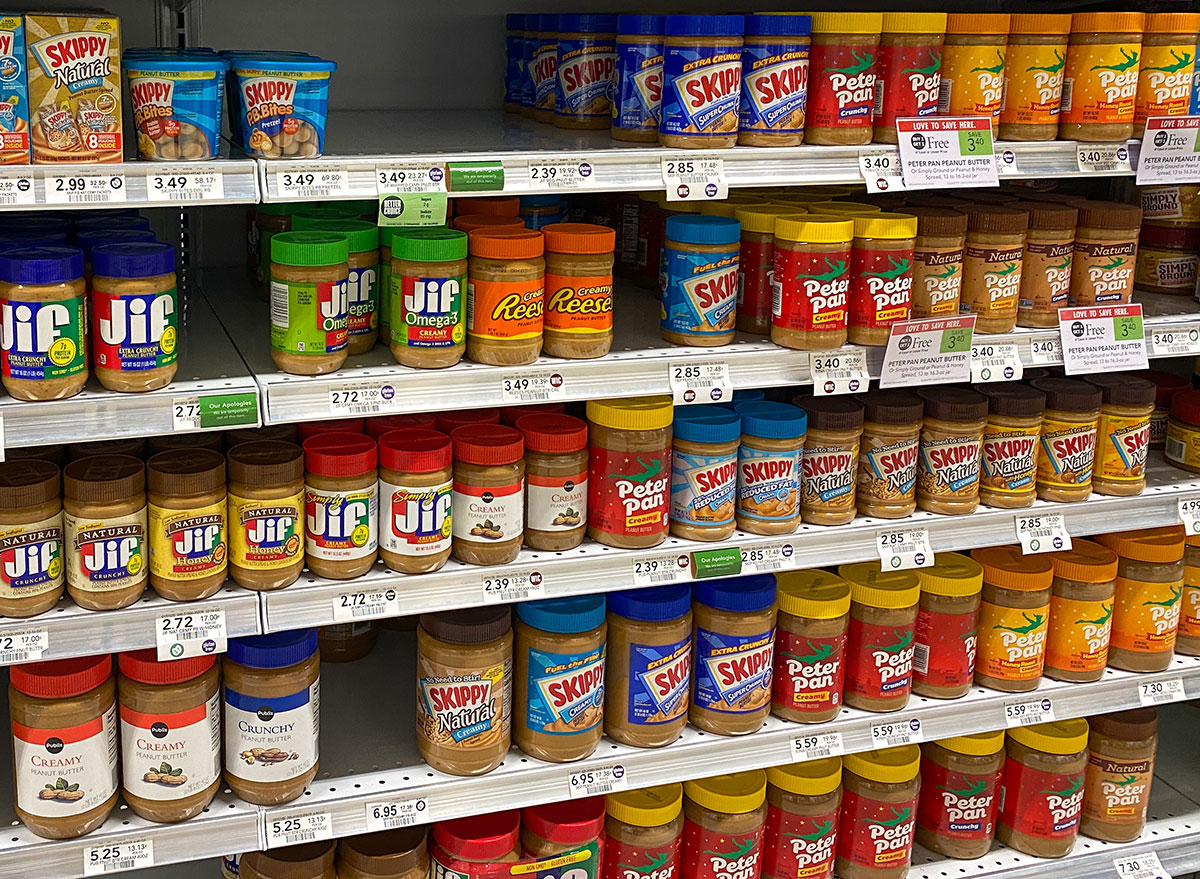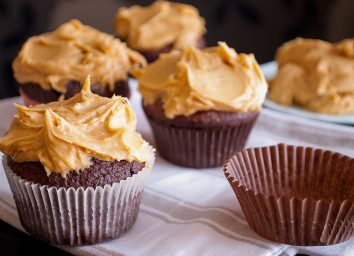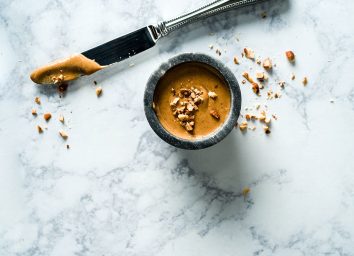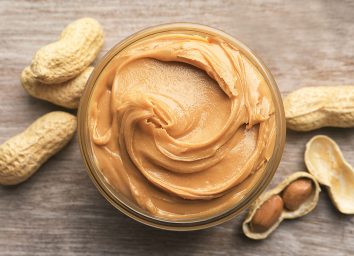Your Favorite Peanut Butter Brand May Have This Sneaky Secret

Peanut butter has become an essential part of the American diet and continues to be one of the most popular pantry staples people buy at the grocery store. Yet while most peanut butter is delicious (and even nutritious), other peanut butter brands hide a sneaky amount of ingredients in their spreads in order to make their concoction sweeter. Your favorite peanut butter brand may be hiding a high quantity of other ingredients including sugar, molasses, and palm oil.
The sneaky truth about peanut butter
In the 1960s, the FDA published a peanut butter standard stating that in order for a spread to be legally labeled “peanut butter” it must have at least a 90% peanut threshold. This means that peanut butter brands can use that extra 10% of the contents for any other ingredients they deem as fit for their peanut butter concoction.
This specific peanut butter standard was a response to what the FDA noticed about Jif peanut butter, which at the time only provided a spread with 75% peanuts in it. According to an in-depth article published by Harvard, the rest of Jif peanut butter’s spread was made of non-peanut hydrogenated oils and artificial flavor. Not to mention the amount of sugar and molasses that is also used in their spread.
Now, in order for any brand to label their spread “peanut butter,” their spread would need at least 90% peanuts. However, if you see a label with “peanut butter spread” the percentage may be different, like Jif’s Creamy Peanut Butter Spread and Honey which only contains 80% peanuts. The ingredients say the rest is sugar, palm oil, salt, molasses, and honey.
So is your peanut butter really peanut butter? Or is it a spread that just resembles peanut butter, yet full of hydrogenated oils and added sugar? We spoke with a few registered dietitians about peanut butter and what consumers should look out for when purchasing peanut butter—and why they should continue to do so.
Look at the ingredient list on the label
Vanessa Rissetto MS, RD, CDN, and co-founder of Culina Health, says it plain: The fewer ingredients, the better.
“Let’s look for peanuts, oil, salt—that’s generally the standard that should be sufficient,” says Rissetto. “We don’t need sugar in our peanut butter as it is sweet enough.”
Toby Smithson, MS, RDN, LD, CDCES, FAND, Diabetes Lifestyle Expert, author of Diabetes Meal Planning and Nutrition for Dummies and founder of DiabetesEveryDay.com, refers back to the 2020 Dietary Guidelines which state that only 6% of total calories in one’s daily diet should come from added sugars.
“Cutting back on hidden sugars like sugar and molasses in food products like some peanut butters is a great way to help reduce added sugars in your eating plan,” says Smithson. “Look to the label. Using the food label’s ingredient list and nutrition facts panel can be especially useful tools as a window into the food.”
Is it bad to eat peanut butter?
If peanut butter is high in fat and could contain added sugars, is it bad to have? Absolutely not. Amy Goodson, MS, RD, CSSD, LD, says that she eats peanut butter daily.
“Peanut butter contains healthy fats, plant-based protein, iron, and other vitamins and minerals,” says Goodson, “For many people that eat plant-based, peanut butter is a great way to get in some of those nutrients like plant-based protein and iron. It can be a healthy component to a diet, but people need to watch their intake as, because it is a healthy fat, it contains more calories.”
There are surprisingly a lot of health benefits to eating peanut butter such as reducing your risk of heart disease and diabetes, improving brain health, and overall feeling satiated and happy after eating a meal.
What if you hate the taste of natural peanut butter?
For some, striving for a diet rich in whole-foods and natural ingredients is an important value. For others, they simply crave a peanut butter that tastes good. So is it really that bad to enjoy a spoonful of your favorite peanut butter brand?
According to Rachel Paul, PhD, RD from CollegeNutritionist.com, it isn’t. In fact, she enjoys it herself.
“It’s my opinion that a small amount of other types of ingredients (like sugar and molasses) is not a huge problem,” says Paul. “I believe enjoying your food is important, and if you personally prefer a sweeter peanut butter, it’s ok. Look at your total food choices throughout the day and choose whole, real foods most of the time.”
If having a little bit of sugar (like a small dessert on the regular) is okay—up to 6%, like Smithson says—why wouldn’t it be alright to enjoy sweeter peanut butter on a slice of toast? It all comes back to the age-old piece of advice that nutritionists will give: Enjoy what you like in moderation. Especially when peanut butter brands like Jif and Skippy are the affordable options at the grocery store.
“There are many ‘natural’ peanut butters that contain less sugar and other ingredients, including some being just peanuts, [but] in many cases those are also more expensive and may not be an option for many people,” says Goodson. “Relatively speaking, the amount added is not that much. For many, it is a very economic way to get in a variety of nutrients and healthy fats.”
When making a decision about peanut butter, turn back to your overall health goals. Do you value eating a diet rich in whole-foods? Opt for peanut butter with minimal ingredients. Are you simply trying to lose weight, but want to still enjoy some of your favorite foods in moderation? Buy the brand you love, and just count out the right portions for your day.
For more healthy eating tips, be sure to sign up for our newsletter.








